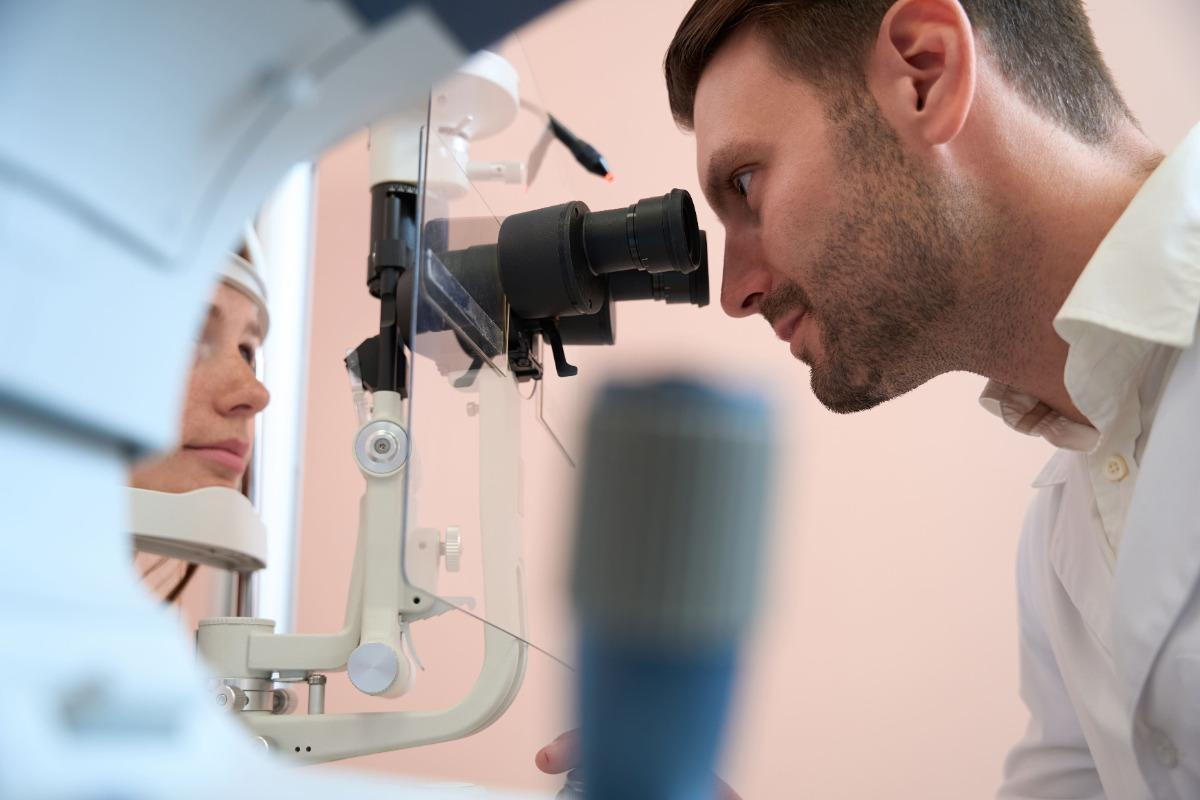All Categories
Featured

Laser eye surgical procedure has actually been a game-changer for vision adjustment, using individuals an option to glasses and get in touch with lenses. Recent technologies have actually taken these treatments to the next level, boosting precision, safety and security, and results. Below, we delve right into the most current developments that are changing the area.
- Contoura Vision LASIK
Contoura Vision LASIK is a topography-guided laser treatment that tailors adjustment based upon the individual's corneal topography. This innovative procedure maps over 22,000 distinct factors on the cornea, dealing with imperfections with pinpoint precision. Individuals usually report better-than-20/ 20 vision post-surgery, together with boosted evening vision and minimized glare.
- Transepithelial PRK (TransPRK)
Transepithelial PRK is a non-invasive surface ablation method that eliminates the need for developing a flap, as is done in typical LASIK. The laser gets rid of the corneal epithelium and reshapes the cornea in a single step, decreasing the risk of complications. TransPRK is particularly beneficial for people with slim corneas or those vulnerable to dry eyes.
- CustomVue Innovation
CustomVue is a wavefront-guided system that leverages the patient's unique optical fingerprint to create an individualized therapy strategy. This method deals with basic refractive mistakes in addition to higher-order aberrations, which typical methods may not deal with. The result is sharper, a lot more accurate vision with fewer side impacts.
- Laser Blended Vision for Presbyopia
For people experiencing presbyopia, a problem that makes near vision fuzzy with age, laser mixed vision offers a remedy. This strategy readjusts the dominant eye for distance vision and the non-dominant eye for close to vision, developing a smooth mix that lowers reliance on reading glasses.
- Robotic-Assisted Laser Surgical Treatment
Robotic-assisted laser systems are improving the accuracy and uniformity of laser eye surgical treatments. These systems minimize human mistake by automating complex steps and giving real-time responses to the surgeon. The outcome is a much more predictable outcome and higher patient safety and security.
- Corneal Cross-Linking Integrated with Laser Surgical Treatment
For individuals with keratoconus, incorporating corneal cross-linking with laser surgical procedure has ended up being a groundbreaking approach. Cross-linking enhances the cornea by raising collagen bonds, maintaining its form before or after refractive correction. This mix provides boosted vision and long-term stability.

- Eye-Tracking Technology
Modern laser systems are equipped with innovative eye-tracking innovation that keeps an eye on eye movements during the treatment. This ensures the laser stays exactly aligned with the treatment area, also if the client's eye shifts. The outcome is boosted precision and decreased danger of mistakes.
- Extended Therapy Choices for Facility Instances
Developments in innovation now make it feasible to treat individuals with complex problems, such as high refractive mistakes, slim corneas, or uneven astigmatism. Treatments like SMILE (Tiny Laceration Lenticule Removal) and topography-guided LASIK are broadening the pool of eligible prospects.
Final Thought
The most current innovations in laser eye surgery are not only enhancing end results but also making the treatments available to a broader variety of individuals. From customized treatments to robot precision, these innovations are leading the way for a future where vision adjustment is safer, faster, and more effective than ever before. Seek advice from an experienced eye doctor to explore the choices that ideal fit your needs. if you're taking into consideration laser eye surgery.
Latest Posts
Learn About Best Car Repair Services offered by Montclare Auto Repair – Drive with Confidence
Published en
1 min read
The Benefits of Regular Auto Maintenance at Montclare Auto Repair Keeps Your Wallet Happy
Published en
1 min read
Selecting the Right Roof Color: Effect On Energy Performance
Published en
1 min read
More
Latest Posts
Learn About Best Car Repair Services offered by Montclare Auto Repair – Drive with Confidence
Published May 29, 25
1 min read
The Benefits of Regular Auto Maintenance at Montclare Auto Repair Keeps Your Wallet Happy
Published May 27, 25
1 min read
Selecting the Right Roof Color: Effect On Energy Performance
Published May 22, 25
1 min read